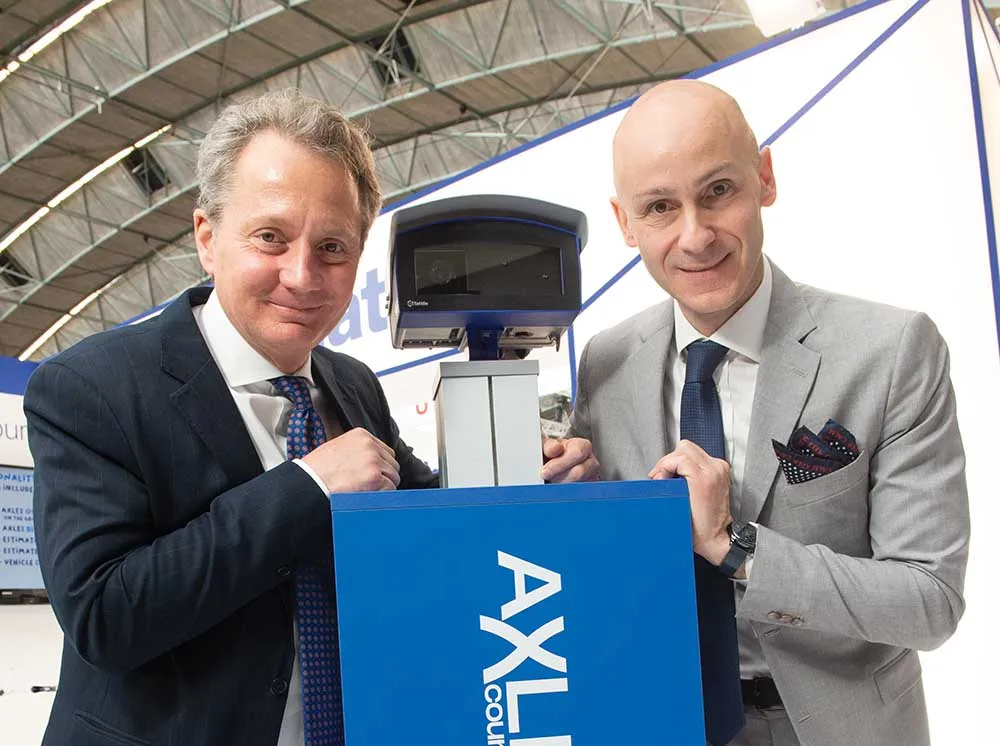According to a new market report published by
The key factors driving the growth of this market include increased adoption in traffic enforcement and surveillance applications and increasing trend of automatic number plate recognition (ANPR) integration with other systems such as CCTV cameras. However, factors such as non-uniformity in the design of number plates are restraining the market growth. In the coming years, the demand for ANPR from vehicle parking management application is expected to increase, offering potential market growth opportunities.
The global automatic number plate recognition (ANPR) market was valued at US$415.5 million in 2013 and is forecast to grow at a CAGR of 13.5 per cent during the period from 2014 to 2020. Automatic number plate recognition system is used for large number of applications and several other new applications such as consumer purchase behaviour analysis are expected to evolve in the coming years. Some important applications where ANPR systems are deployed include security and surveillance, traffic management, toll enforcement and vehicle parking. Further, in traffic management applications, ANPR is used in red light control, congestion charging and speed enforcement applications. Vehicle parking application for ANPR is the most promising segment and increasing adoption in parking management and parking toll collection is expected to further spur the demand for ANPR systems from this segment.
The global ANPR market, by end-users, is segmented into government and commercial end-users. Among these end-use segments, government sector dominated the global ANPR market in 2013 with the share of around 77 per cent. The government sector for ANPR is further classified into homeland security, traffic department and defence while the commercial end-use sector comprises entertainment and recreation and dedicated car parks.
Among the regional markets, Europe represented the largest geographical market for automatic number plate recognition systems in 2013 and is expected to maintain its dominance throughout the forecast period owing to the high ANPR penetration in different applications across European countries. Europe and North America collectively accounted for more than half of the revenue share in 2013.
The global automatic number plate recognition (ANPR) market is highly fragmented. Key players in the market are taking measures to capitalise on the opportunities in niche and emerging markets. Some of the key players in the global ANPR market include
Traffic enforcement driving ANPR growth: report
According to a new market report published by Transparency Market Research, Automatic Number Plate Recognition Market - Global Industry Analysis, Size, Share, Growth, Trends and Forecast 2014 - 2020, the automatic number plate recognition market globally is forecast to reach US$1,023.2 million by 2020.
The key factors driving the growth of this market include increased adoption in traffic enforcement and surveillance applications and increasing trend of automatic number plate recognition (ANPR) integrati
February 10, 2015
Read time: 3 mins









